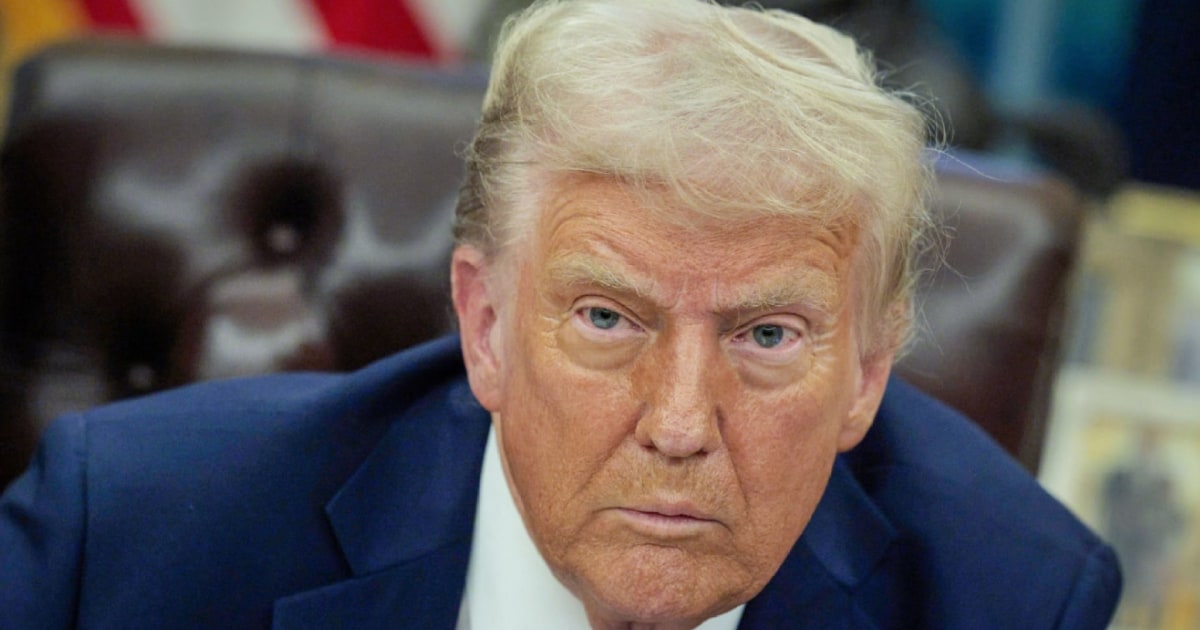Unpacking Trump’s Tariff Blitz: Understanding Its Impact on North America
In a bold and controversial move, President Donald Trump has initiated a series of tariffs that target key trading partners, namely Canada, Mexico, and China. This aggressive approach to trade has sparked intense discussions about the implications for international relations and domestic economies. As the dust settles, it’s essential to unpack Trump’s tariff blitz and understand what it means for North America and beyond.
The Rationale Behind Trump’s Tariff Blitz
At the heart of Trump’s tariff strategy is the belief that previous trade agreements have disadvantaged American workers and industries. By imposing tariffs, the administration aims to:
- Protect American Jobs: The primary argument is that tariffs will shield local industries from foreign competition, thereby preserving jobs in manufacturing and agriculture.
- Encourage Domestic Production: Higher costs for imported goods should incentivize consumers and businesses to turn to domestic products.
- Rebalance Trade Deficits: The administration claims that tariffs are necessary to address trade imbalances, particularly with China, which has long been viewed as a significant economic adversary.
However, these justifications are met with skepticism. Critics argue that tariffs could lead to retaliatory measures from affected countries, which may ultimately harm the very workers the tariffs are supposed to protect.
The Economic Impact of Tariffs
Effects on Consumers
One of the immediate concerns regarding Trump’s tariff blitz is its impact on consumers. As tariffs raise the cost of imported goods, consumers may face higher prices at the checkout line. Key sectors likely to be affected include:
- Electronics: Many popular consumer electronics are manufactured overseas. Tariffs could raise prices for items like smartphones, laptops, and televisions.
- Automobiles: Tariffs on auto parts could lead to increased costs for vehicles, impacting both new car buyers and those seeking repairs.
- Food Products: Agricultural tariffs can lead to higher prices on imported foods, affecting everything from produce to dairy.
In essence, while the intention may be to bolster domestic manufacturing, the burden of tariffs often falls on consumers. This could lead to inflationary pressures, which may further complicate the economic landscape.
Impact on Businesses
Businesses, particularly those reliant on global supply chains, are also feeling the heat. Here’s how Trump’s tariff blitz can affect various sectors:
- Manufacturing: Companies that import raw materials or components may face increased production costs, leading to tighter margins.
- Exports: Retaliatory tariffs from other countries can hinder export opportunities for American products, negatively impacting sectors like agriculture and technology.
- Investment Decisions: Uncertainty surrounding trade policies may cause businesses to reconsider expansion plans or delay investments.
Ultimately, the ripple effect of tariffs may stifle economic growth if businesses are forced to adapt to a new, more expensive operating environment.
Geopolitical Ramifications
Trump’s tariffs have stirred geopolitical tensions, particularly with China. The trade war has significant implications not just for the U.S. and China, but for the global economy as a whole. Some potential consequences include:
- Strained Alliances: Tariffs can lead to rifts among allies. Canada and Mexico, both impacted by U.S. tariffs, may seek closer ties with other trading partners, potentially undermining U.S. influence.
- Global Supply Chain Disruptions: As countries respond to tariffs, global supply chains may be disrupted, complicating logistics and increasing costs for businesses worldwide.
- Encouragement of Protectionism: Trump’s approach may embolden other nations to adopt similar protectionist measures, leading to a fragmented global trading system.
These geopolitical shifts could redefine international relations and trade dynamics for years to come.
Future of NAFTA and Trade Agreements
The North American Free Trade Agreement (NAFTA) has been a cornerstone of trade between the U.S., Canada, and Mexico. Trump’s tariffs raise critical questions about the future of this agreement:
- Re-negotiation Challenges: The imposition of tariffs complicates ongoing discussions to renegotiate NAFTA, as Canada and Mexico may be less willing to concede to U.S. demands.
- USMCA Implementation: The newly proposed United States-Mexico-Canada Agreement (USMCA) aimed to modernize trade relations. However, the tariffs could undermine its effectiveness before it’s even implemented.
- Impact on Regional Stability: A deteriorating trade relationship among North American countries can lead to economic instability in the region, affecting jobs and industries across borders.
Looking Ahead: Balancing Protectionism and Globalization
As we navigate the complexities of Trump’s tariff blitz, it’s clear that finding a balance between protectionism and globalization is essential. While the intention behind tariffs may be to protect American workers, the broader economic implications must be carefully considered. The key questions moving forward include:
- How can the U.S. ensure that tariffs do not lead to widespread economic harm?
- What measures can be implemented to foster cooperation among trading partners?
- How will businesses adapt to a new trade landscape shaped by tariffs?
Ultimately, the success of Trump’s tariff strategy will depend on the administration’s ability to navigate these challenges while maintaining robust economic growth and international relationships.
Conclusion
Trump’s tariff blitz represents a significant shift in U.S. trade policy, with far-reaching implications for North America and the global economy. As we unpack these developments, it becomes increasingly evident that the effects of tariffs are complex and multifaceted. While the goal of protecting American jobs is commendable, the potential fallout may require a reevaluation of how the U.S. engages with its trading partners moving forward. Only time will tell how this bold move will reshape the future of international trade.
See more CCTV News Daily



